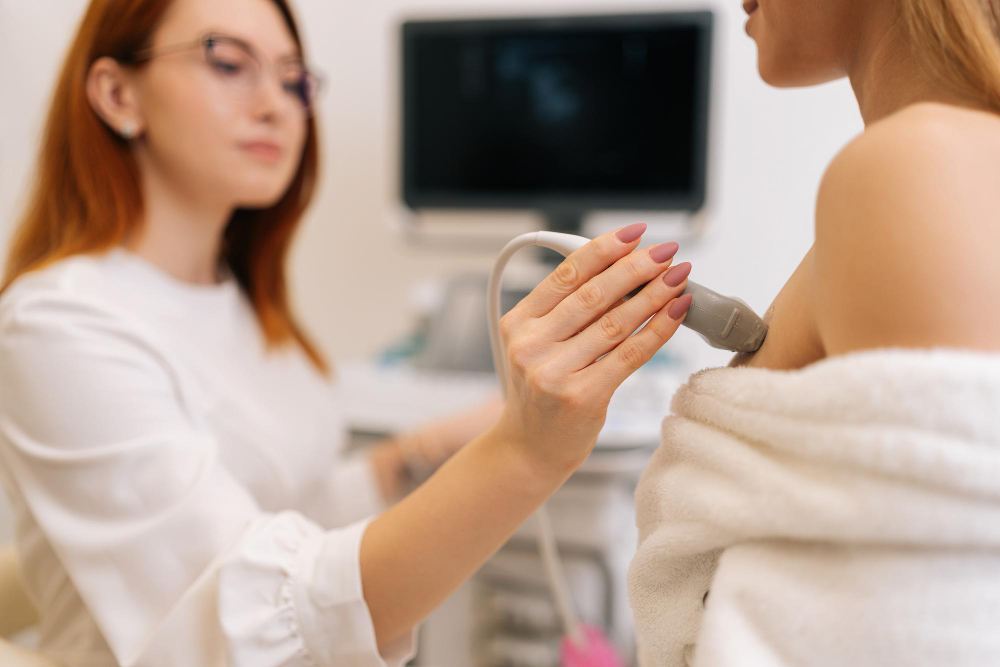Introduction
Many people have questions about breast ultrasound. Some may even believe common myths. A breast ultrasound is a safe imaging test that uses sound waves to look at breast tissue. However, myths about breast ultrasound can cause confusion or worry. Understanding the truth about breast ultrasound helps you make informed choices about your health.
Common Myths About Breast Ultrasound
There are several myths about breast ultrasound. These can lead to fear or misunderstanding. Let’s look at some of the most common:
Facts and Evidence
Now, let’s separate fact from fiction. Reliable sources like the WHO and CDC provide clear answers:
When Is Breast Ultrasound Recommended?
Doctors use breast ultrasound in several situations. For example, it helps:
Because each person is different, your doctor will decide if this test is right for you.
Safety and Accuracy
Many people ask, “Is breast ultrasound safe?” The answer is yes. Breast ultrasound is very safe. It does not use radiation. According to the CDC, there are no known risks. In addition, the test is accurate for certain breast conditions. However, it may not find all types of cancer. That’s why doctors often use it along with other imaging tests.
Guidance for Patients
If you are scheduled for a breast ultrasound, here are some helpful tips:
Remember, the test is quick and usually takes less than 30 minutes. Most people can return to normal activities right away.
Prevention and Early Detection
Regular breast screening is important for early detection. Early diagnosis can save lives. While breast ultrasound is a helpful tool, it is not a replacement for mammograms or regular check-ups. Talk to your doctor about the best screening plan for you. Staying informed helps you take charge of your breast health.
Consult a healthcare professional for personalized advice about breast ultrasound.

